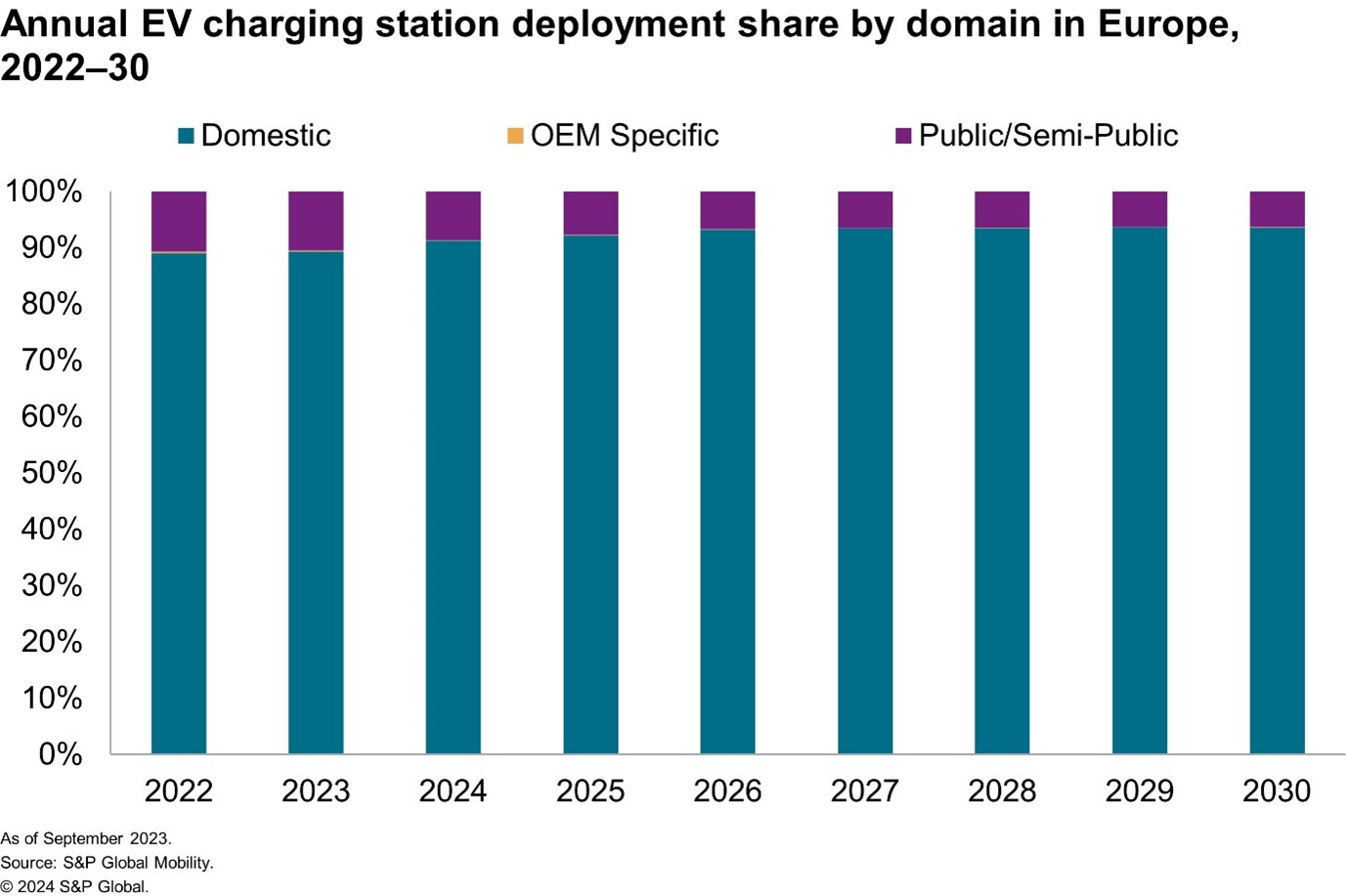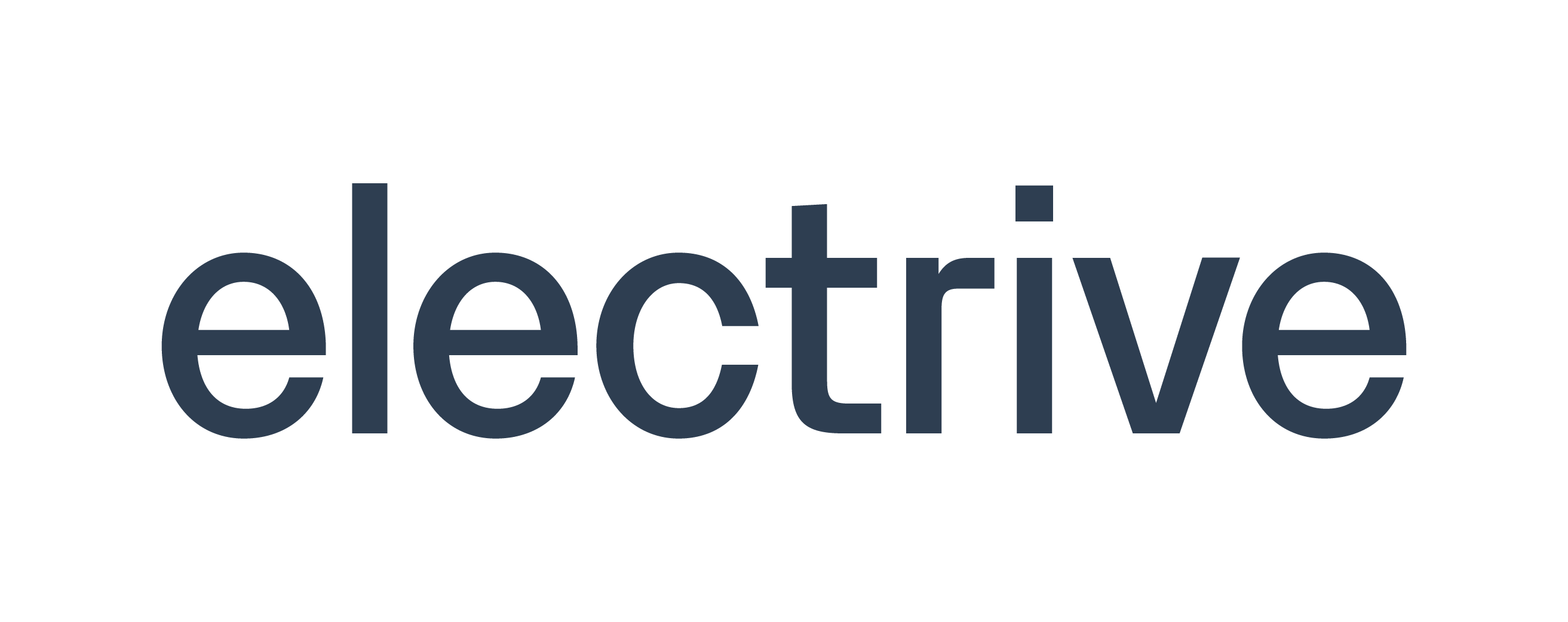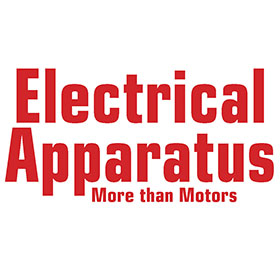The new regulation came into effect in early April and is aimed at improving user experience and convenience while charging EVs at public chargers.
In 2023, the EU passed a new regulation called the Alternative Fuels Infrastructure Regulation (AFIR) as a replacement to the original Directive 2014/94/EU on alternative-fuel infrastructure, the Alternative Fuel Infrastructure Directive (AFID). On April 13, 2024, the new regulation came into effect, with the aim to improve user experience and convenience while charging electric vehicles at public chargers.
The AFIR sets binding targets for refueling infrastructure powered by electricity or other sources. For charging infrastructure, AFIR mandates are related to distance, charging power output and payments. As per the distance-based targets for light vehicles, there needs to be a charger every 60 kilometers on the Trans-European Transport Network (TEN-T) core-road networks in each direction. By the end of 2025, each of the recharging pools should offer a power output of at least 400 kW and include at least one recharging point with an individual power output of at least 150 kW. By the end of 2027, this requirement will increase to 600 kW.
The AFIR requirements are inherently dynamic and will become more stringent as EV adoption increases in the years to come. According to the AFIR, for each light-duty, battery-electric vehicle (BEV) registered in a country, publicly accessible recharging stations have to provide a total power output of at least 1.3 kW. For each plug-in hybrid electric vehicle (PHEV) registered, the total power output required is 0.8 kW. This is to ensure that the EV charging infrastructure develops in line with EV demand.
However, the mandate that will have the most immediate impact on the charging industry is the one related to payments.
Ease of payment for better interoperability
With AFIR in effect, charging-point operators (CPO) will have to adhere to new requirements related to payment modes at public charging stations that will enable users to seamlessly use any charging stations in the EU.
The regulations mandate that all new publicly accessible recharging points installed should be accessible to users on an ad hoc basis. All public chargers with power output above 50 kW should be able to accept electronic payments through all debit and credit cards. For publicly accessible recharging points with a power output below 50 kW, other secure-payment transaction methods, such as those generating a specific Quick Response (QR) code, are allowed.
What this ensures is that EV drivers will not require membership of any charging network or have to visit a charging station of a network of which they are a member. This is expected to increase the utilization rate of chargers. Although at first, it may seem like networks will lose the membership model, but the higher utilization rate of chargers could translate to better return on investment (ROI) moving forward.
This mandate is currently applicable to only new installations. However, all existing DC charging points along the European TEN-T transport axis should be able to charge ad hoc with a debit or credit card by Jan. 1, 2027.
Another important clause in AFIR is related to the display of pricing at the charging point. According to AFIR, “Price transparency is crucial to ensuring seamless and easy recharging and refueling. Users of alternative fuel vehicles should be provided with accurate price information before the start of the recharging or refueling session. The price should be communicated in a clearly structured manner to allow end users to identify the different price components charged by the operator when calculating the price of a recharging or refueling session and to anticipate the total cost.” At publicly accessible recharging points with a power output equal to or more than 50 kW, the ad hoc price charged by the operator shall be based on the price per kilowatt-hour for the electricity delivered.
The applicable price components shall be presented in the following order: Price per kilowatt-hour; price per minute; price per session; and any other price component that applies.
Changes required
To comply with the new mandates related to payments and user interface, the fast-charging DC chargers need to be upgraded. With AFIR having been adopted in the second half of 2023, it has given EV charger manufacturers and networks some time to prepare for the changes. The new chargers will need updated firmware and displays to show mandatory information and also the QR code wherever necessary.
According to Alfen, a leading EV charger manufacturer, it had started working on new solutions after the AFIR was adopted in 2023. “In June 2023 it was clear to Alfen’s product management team that AFIR required several updates to our product line. After brainstorming, we decided that a digital, unique QR code to start a transaction is the best interpretation of AFIR regarding ad-hoc charging. This emphasises our push for safe and reliable products. Our R&D experts started developing firmware alterations and an upgrade for our Twin 5. I was very proud with the release of the firmware with dynamic QR codes in March, as well as the release of the Twin 5 Plus in such a short timeframe, allowing us to support our customers with compliant products,” said Chris Heineman, product manager for Alfen’s public EV chargers.
The company claims that it has already started receiving orders for the new line of chargers, indicating that AFIR-compliant chargers will be available for operation soon.
The new AFIR mandates are expected to make the EV charging experience seamless across EU nations. Not only will they ensure wide availability of fast chargers across TEN-T, they will also improve accessibility for users to these chargers. The speed of deployment in all countries will vary depending on where they stand currently, but by the end of the decade, AFIR will ensure a robust network of chargers in the region.
Focus on private charging
Although access to public charging stations, or the lack of it, grabs all the media attention, the fact remains that majority of the charging still happens at home private chargers. This crucial detail is not lost on European law makers, and recently, European Union parliament passed the Energy Performance Building Directive (EPBD), which mandates new requirements for recharging infrastructure and pre-cabling in buildings and adjacent carparks, both at home or at the workplace.

According to the new directive, “Member States are required to simplify, streamline and accelerate the procedure for the installation of recharging points, and remove barriers to the installation of recharging points in multi-apartment buildings. There is also a new requirement for recharging points to support smart charging and where appropriate bi-directional charging.”
As per EPBD, in new and under-renovation residential buildings with more than three parking spaces, at least 1 recharging point should be available, and pre-cabling should be there for at least 50% of car parking spaces and ducting of recharging points for EVs. Non-residential buildings with more than 5 car parking spaces should have at least 1 recharging point for 5 spots, and non-residential building with more than 20 car parking spaces should have at least 1 recharging point for 10 spots.
The revised EPBD perfectly complements the AFIR, and together the two legislations should be able to narrow the gaps that exist in EV charging infrastructure in Europe.
Author: Srikant Jayanthan, Senior Research Analyst, S&P Global Mobility
For more information, please click here




















